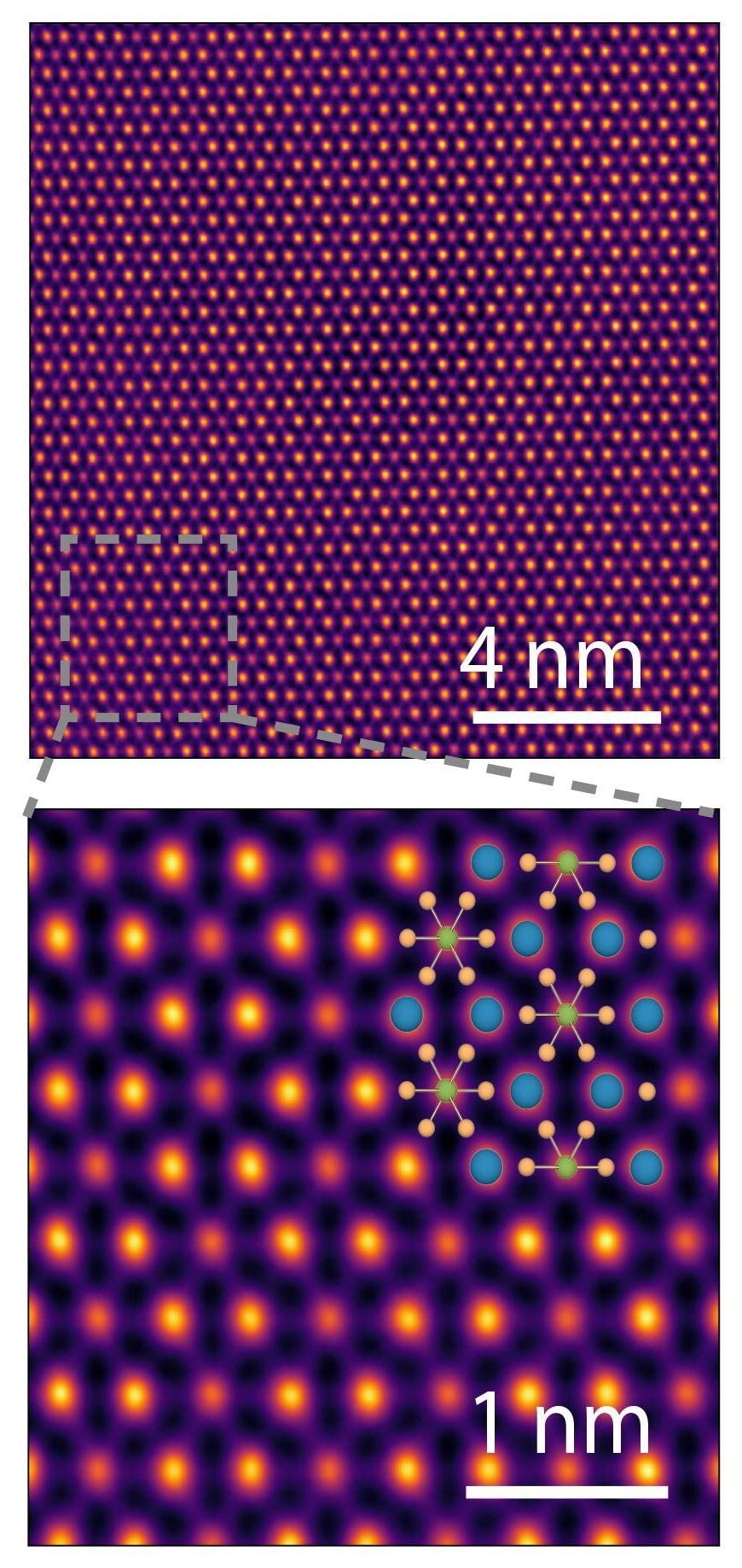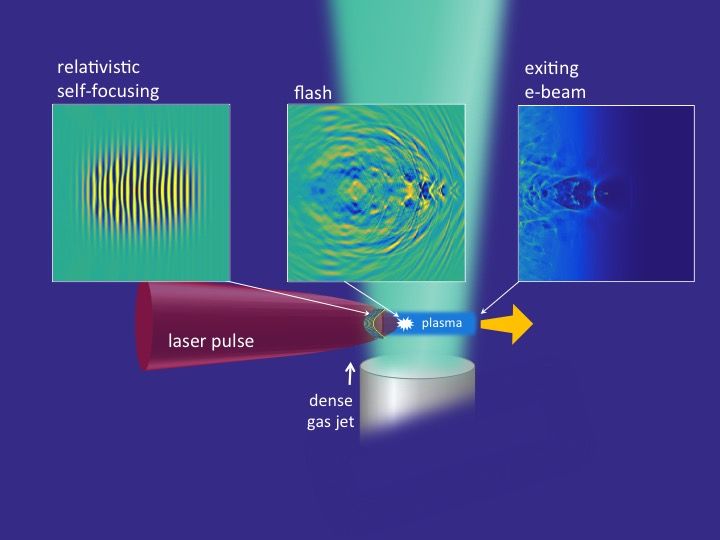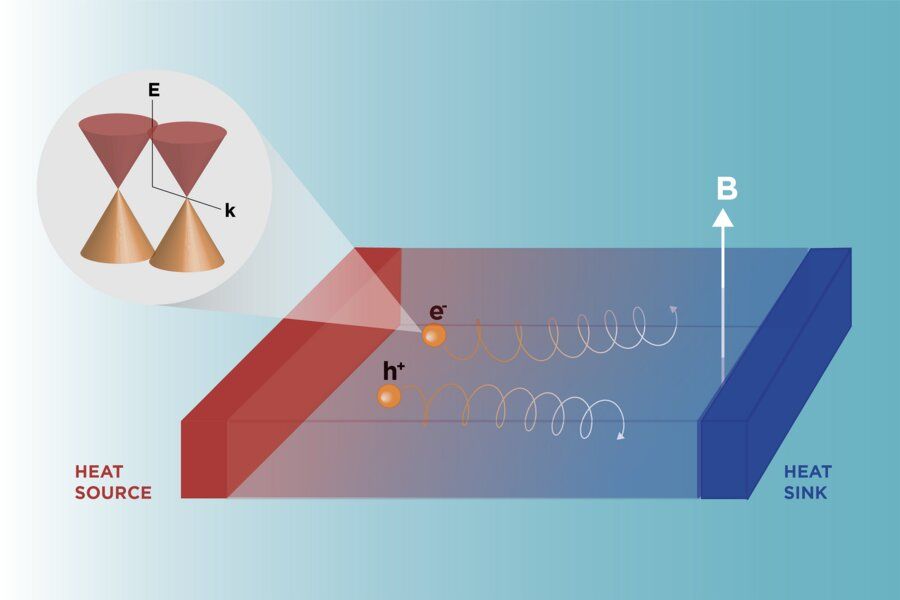Dec 27, 2020
Power plant on a chip
Posted by Quinn Sena in categories: chemistry, computing, engineering
Scientists at Lehigh University are developing a tiny generating plant, housed on a silicon chip, that they believe can produce enough hydrogen to run power-consuming portable devices.
The amount of hydrogen produced was small, but it was enough to demonstrate that the Lehigh project is feasible. Given time the Lehigh group believes they will develop a working generating plant, housed on a silicon chip that produces sufficient quantities of hydrogen to run different types of power consuming portable devices.
‘About 10 years ago people starting thinking: ‘can we take the same fabrication methods for silicon chips and instead of using them for electronics, use them for something else? said Mayuresh Kothare, assistant professor of chemical engineering.

















